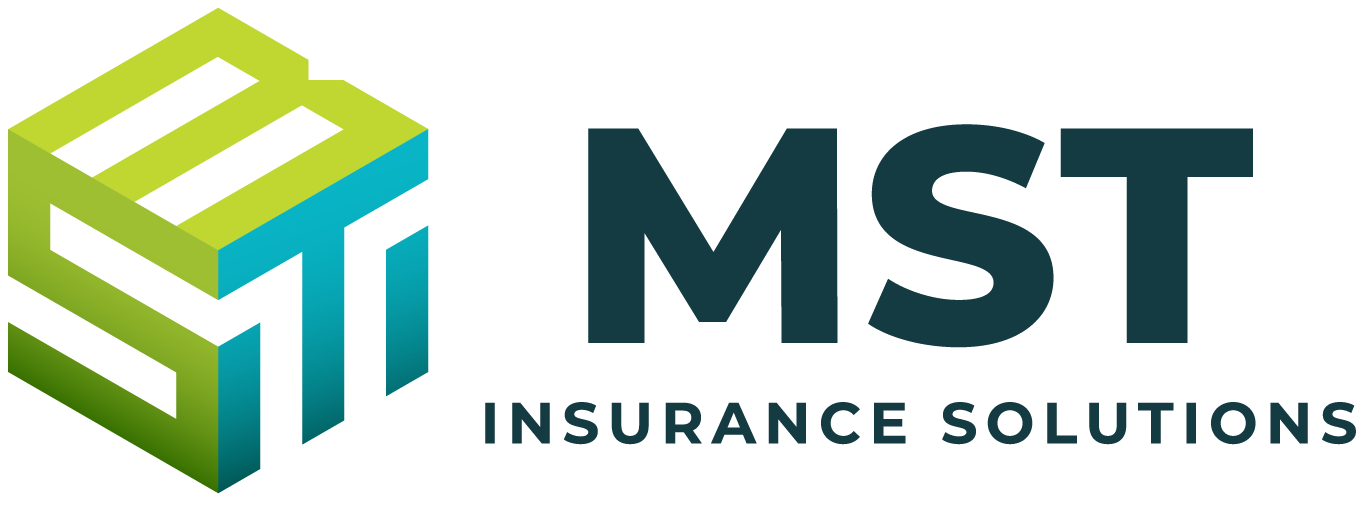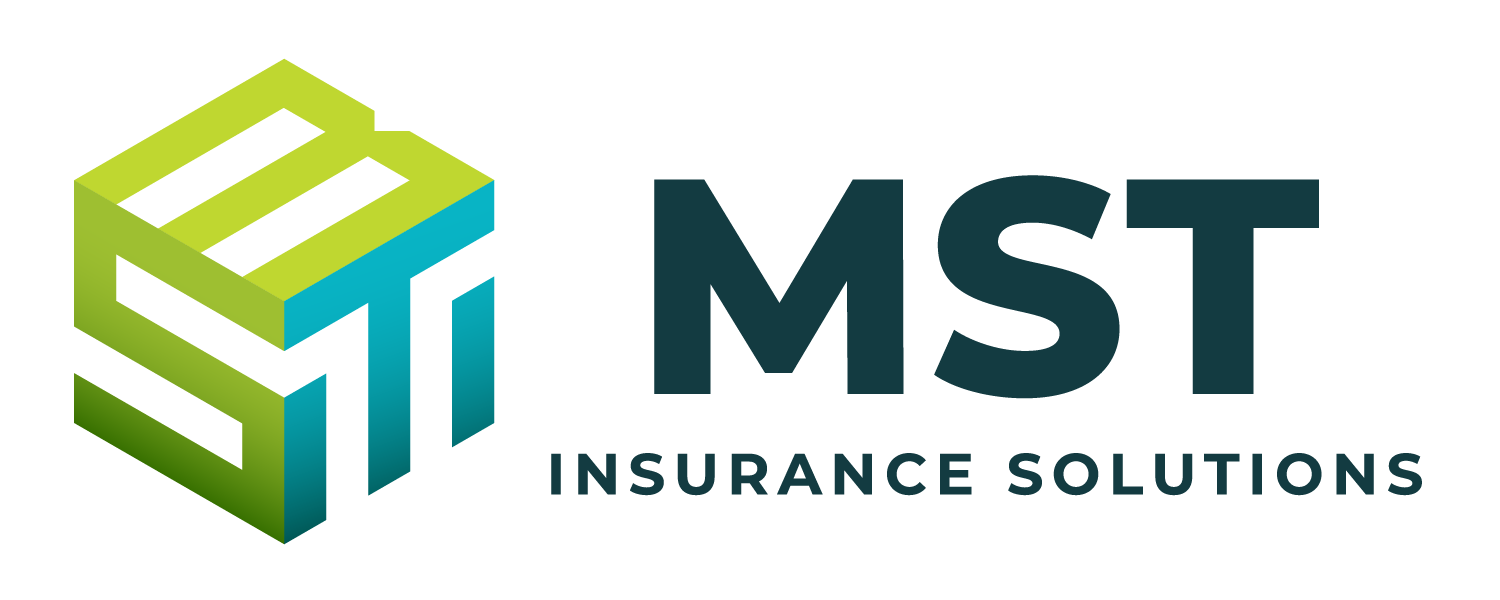The Internal Revenue Service (IRS) has issued frequently asked questions (FAQs) that provide general information on educational assistance programs under Section 127 of the Internal Revenue Code (Code).
Under a Section 127 educational assistance program, employers can provide their employees with up to $5,250 per year toward qualified educational expenses without the benefits becoming taxable income to the employee. In addition, amounts paid under a Section 127 educational assistance program are generally deductible by the employer as a business expense.
In order to provide this benefit to employees, employers must have a written educational assistance plan that meets certain content requirements. The IRS issued these FAQs to provide general information to taxpayers and tax professionals.
This Compliance Overview contains the IRS FAQs in their entirety.
FAQs on Educational Assistance Programs
The following provides IRS answers to FAQs related to Section 127 educational assistance programs.
What is an educational assistance program?
An educational assistance program is a separate written plan of an employer for the exclusive benefit of its employees to provide employees with educational assistance.
To qualify as a Section 127 educational assistance program, the plan must be written and meet certain other requirements. An employer can tell its employees whether there is a Section 127 educational assistance program where they work.
A sample plan for employers is available. An employer may tailor its plan to include, for example, conditions for eligibility, when an employee’s participation in the plan begins and prorated benefits for part-time employees. However, a program cannot discriminate in favor of officers, shareholders, self-employed or highly compensated employees in requirements relating to eligibility for benefits.
What are educational assistance benefits?
Tax-free educational assistance benefits under a Section 127 educational assistance program include payments for tuition, fees and similar expenses, books, supplies and equipment. The payments may be for either undergraduate- or graduate-level courses. The payments do not have to be for work-related courses.
Tax-free educational assistance benefits also include principal or interest payments on qualified education loans (as defined in Section 221(d)(1) of the Code). Section 127 requires that such loans be incurred by the employee for the education of the employee and not for the education of a family member such as a spouse or dependent. These payments must be made by the employer after March 27, 2020, and before Jan. 1, 2026 (unless extended by future legislation). The payments of any qualified education loan can be made directly to a third party, such as an educational provider or loan servicer, or directly to the employee, and it does not matter when the qualified education loan was incurred. A qualified education loan is generally the same as a qualified student loan. See Qualified Student Loan in Chapter 4 of Publication 970, Tax Benefits for Education.
Educational assistance benefits do not include payments for the following items:
- Meals, lodging or transportation.
- Tools or supplies (other than textbooks) that an individual can keep after completing the course of instruction (for example, educational assistance does not include payments for a computer or laptop that one keeps).
- Courses involving sports, games or hobbies unless they:
- Have a reasonable relationship to the business of the employer, or
- Are required as part of a degree program.
An employer may choose to provide some or all of the educational assistance described above. The terms of the plan may limit the types of assistance provided to employees.
What is the total amount that an employee can exclude from gross income under Section 127 of the Code per year?
Under Section 127, the total amount that an employee can exclude from gross income for payments of principal or interest on qualified education loans and other educational assistance combined is $5,250 per calendar year. For example, if an employer pays $2,000 of principal or interest on any qualified education loan incurred by the employee for the education of the employee, only $3,250 is available for other educational assistance.
The annual limit applies to amounts paid and expenses incurred by the employer during a calendar year. If an employee seeks reimbursement for expenses incurred, the expenses must be paid by the employee in the same calendar year for which reimbursement is made by the employer, and the expenses must not have been incurred prior to employment (however, qualified education loans may be incurred by the employee in prior calendar years and prior to employment, and payments of principal and interest may be made by the employer in a subsequent year). “Unused” amounts of the $5,250 annual limit cannot be carried forward to subsequent years.
What is a qualified education loan?
A qualified education loan (as defined in Section 221(d)(1)) is a loan for education at an eligible educational institution. Eligible educational institutions include any college, university, vocational school or other postsecondary educational institution as defined in Sections 221(d)(2) and 25A(f)(2). The Department of Education determines whether an organization is an eligible education institution. A loan does not have to be issued or guaranteed under a Federal postsecondary education loan program to be a qualified education loan.
How can payments of qualified education loans be made?
In the case of payments made after March 27, 2020, and before Jan. 1, 2026 (unless extended by future legislation), depending on how a particular employer has designed its Section 127 educational assistance program, an employer may provide payments of principal or interest on an employee’s qualified education loans (as defined in section 221(d)(1) of the Code) for the employee’s own education directly to a third party, such as an educational provider or loan servicer, or make payments directly to the employee.
Generally, the payment by an employer of principal or interest on any qualified education loan incurred by the employee for the education of the employee under Section 127(c)(1)(B) is only available if an employer amends the terms of its plan to include the benefit. If the plan is currently written to provide generally for all benefits provided under Section 127, then it is possible that the plan would not need to be amended to provide for the qualified education loan benefit under Section 127(c)(1)(B).
Are employer payments of qualified education loans for spouses and dependents excluded from gross income under Section 127 of the Code?
Under Section 127 of the Code, an educational assistance program must be provided for the exclusive benefit of employees. A program that provides benefits to the spouse or dependents (as defined in Section 152) of an employee is not a Section 127 educational assistance program. Spouses and dependents of employees who are also employees, or spouses and dependents of owners who are also employees, may receive benefits under the program, but they are subject to a rule that prohibits discrimination in favor of these employees in requirements relating to eligibility for benefits, and to a rule that limits the benefits that may be provided to them under the program to 5% of the benefits under the program.
Section 127 provides an exclusion from gross income for loan payments made by an employer after March 27, 2020, and before Jan. 1, 2026 (unless extended by future legislation), on a qualified education loan incurred by the employee for the employee’s own education. Thus, a payment of principal or interest by the employer on a loan incurred by an employee for the education of the employee’s spouse or dependent may not be excluded from the employee’s gross income. In addition, a payment by the employer on a loan incurred by the parent of an employee for the education of the employee may not be excluded from the parent’s or the employee’s gross income.
Can student debt be reimbursed under a Section 127 educational assistance program?
Student debt may consist of a variety of expenses. If the debt was incurred as a result of expenses that are permissible benefits under Section 127 of the Code—such as tuition, books, equipment, qualified education loans (in the case of payments made before Jan. 1, 2026, unless extended by future legislation)—the employer may reimburse the employee for these expenses as educational assistance benefits, and the employee could then use those funds to help satisfy their debt. To be excluded from the employee’s gross income, the employee must be prepared to substantiate the expenses to the employer.
Can self-employed individuals, shareholders and owners receive educational assistance under a Section 127 educational assistance program?
While there are no specific income limits for receiving educational assistance benefits, an educational assistance program must satisfy certain requirements under Section 127 of the Code and Treasury Regulation § 1.127-2, including not being discriminatory in favor of employees who are highly compensated employees.
An individual who is self-employed within the meaning of Section 401(c)(1) may receive educational assistance. While shareholders and owners may receive educational assistance, not more than 5% of the amounts paid or incurred by the employer for educational assistance during the year may be provided for the class of individuals who are shareholders or owners (or their spouses or dependents), each of whom (on any day of the year) owns more than 5% of the stock or of the capital or profits interest in the employer.
As a practical matter, if the owners are the only employees, they cannot receive educational assistance under Section 127 because of the 5% benefit limitation described above. The following formula can be used to determine the amount of educational assistance that an owner/employee can receive: [total amount of educational assistance provided to employees other than the owner/employee] x .05263158 = [amount of educational assistance that the owner/employee can receive (rounded down to two decimal places but not greater than $5,250)].
Are there other exclusions from gross income for educational assistance?
Working condition fringe benefit—If the benefits qualify as a working condition fringe benefit, regardless of the amount, they are excluded from an employee’s gross income, and the employer does not have to include them in employee wages. A working condition fringe benefit is a benefit which, had the employee paid for it, they could deduct as an employee business expense. For more information on working condition fringe benefits, see Working Condition Benefits in Section 2 of Publication 15-B, Employer’s Tax Guide to Fringe Benefits.
Educator expense deduction—In 2023, educators can deduct up to $300 ($600 if married filing jointly and both spouses are eligible educators but not more than $300 each) of unreimbursed business expenses. The educator expense deduction, claimed on Form 1040 Line 11, is available even if an educator doesn’t itemize their deductions. To do so, the taxpayer must be a kindergarten through grade 12 teacher, instructor, counselor, principal or aide for at least 900 hours a school year in a school that provides elementary or secondary education as determined under state law.
Those who qualify can deduct costs like books, supplies, computer equipment and software, classroom equipment and supplementary materials used in the classroom. Expenses for participation in professional development courses are also deductible. Athletic supplies qualify if used for courses in health or physical education.
For additional IRS resources, see the tax topic on educator expense deduction.
For a copy of this notice, click here: IRS FAQs on Educational Assistance Programs

